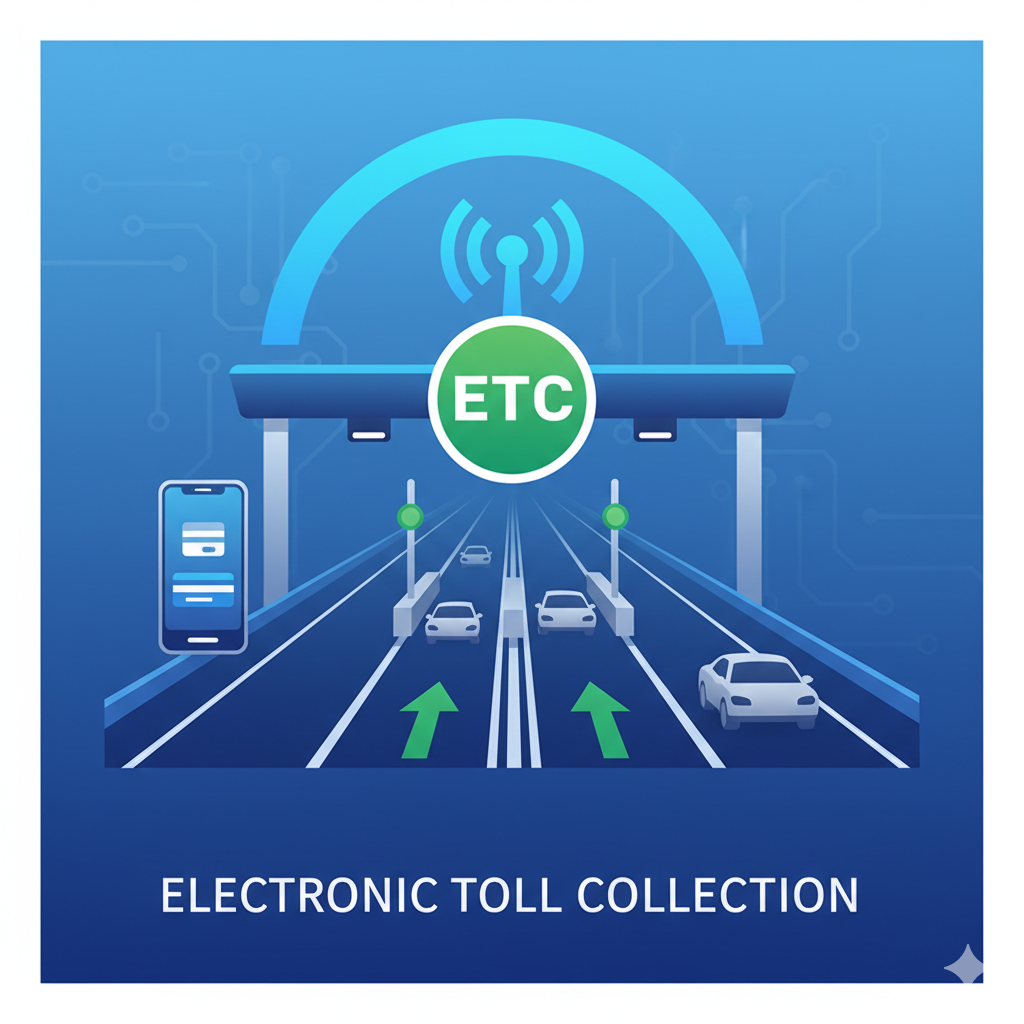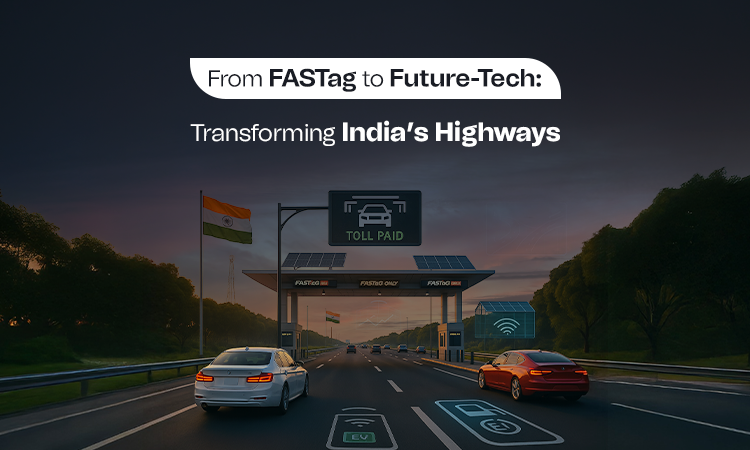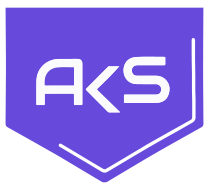India’s Vision for Intelligent Transport Gains Global Recognition at IRF Summit in Athens Athens, Greece, July 3, 2025 — The International Road Federation (IRF) held its Annual Summit and Strategy Workshop from June 29 to July 3, 2025, in Athens, Greece, convening global mobility leaders, policymakers, and infrastructure experts. Among the distinguished participants was Mr. Akhilesh Srivastava, President of the IRF India Chapter and ITS India Forum, representing India at the global stage in his first official participation as the newly elected IRF IC President. His presence signified a growing global recognition of India’s transformative journey in intelligent transportation systems (ITS), road safety, and digital mobility. This year’s summit centered on reshaping IRF’s strategic roadmap for 2025–2030, with a strong focus on creating more impactful, inclusive, and future-ready solutions for road infrastructure and sustainable mobility. Mr. Akhilesh Srivastava, as a core member of the IRF Strategy Group and a newly elected member of the IRF Board of Directors, contributed significantly to these deliberations. Shaping IRF’s Five-Year Strategy At the Strategy Workshop, IRF leadership, including newly confirmed President Dimitrios Mandalozis, and re-elected Board Members such as Bill M. Halkias, Anouar BENAZZOUZ, Nicolas Miravalls, and others, worked alongside new appointees like Mr. Akhilesh Srivastava played a key role in shaping a new strategic agenda for IRF’s future. Discussions revolved around: Mainstreaming Artificial Intelligence (AI) and digital twin technologies in infrastructure management Enhancing global cooperation on road safety and Intelligent Transportation System (ITS) standards Scaling capacity building and knowledge transfer initiatives, particularly for Global South nations Supporting harmonized road user charging systems and sustainable financing models Mr. Akhilesh Srivastava’s insights, grounded in India’s large-scale implementation of ITS and tolling reforms, were particularly well received. He emphasized India’s ongoing evolution from manual to digital and satellite-based tolling, successful AI-powered ATMS deployments, and the use of CV2X technologies for emergency preemption systems. Highlighting India’s Leadership in Traffic Management During the Traffic Management Symposium, a key segment of the IRF Summit, Mr. Akhilesh Srivastava actively participated in discussions addressing future-ready traffic governance. He showcased India’s innovations in traffic management, particularly the NHAI Data Lake project, implementation of GNSS tolling pilots, and the landmark “Road Safety 2.0” initiative, adopted across multiple states. His presentation highlighted India’s capability to scale complex ITS projects with strong public-private collaboration. Real-world examples, such as the CV2X Emergency Corridor in Bengaluru and Intelligent Traffic Enforcement through AI-ANPR in Delhi and Maharashtra, illustrated India’s unique ability to create customized, scalable, and outcome-focused digital solutions. Strengthening Strategic International Ties The Athens Summit also served as a powerful forum for bilateral and multilateral collaboration. Mr. Akhilesh Srivastava engaged with global leaders to deepen India’s integration with key international stakeholders: Joost Vantomme, President of ERTICO-ITS Europe, and Mr. Akhilesh Srivastava engaged in discussions on aligning ITS standards between Europe and India. Their meeting highlighted the need for enhanced collaboration on 5G V2X, data governance in connected mobility, and safety-critical interoperability Dimitrios Mandalozis, the newly elected IRF Global President, welcomed India’s increasing role. Mr. Akhilesh Srivastava conveyed India’s readiness to co-lead global discussions on mobility-as-a-service and sustainable transport finance models. Norbert Schindler, Founder of GNSS Consulting, expressed his appreciation for India’s adoption of GNSS tolling. Their discussions focused on learnings from European tolling transitions, and possible collaborations to enhance satellite-based tolling architecture in India. These meetings underscored India’s readiness to not only adopt global best practices but also to contribute meaningfully to shaping them. Recognition of Indian Innovation on Global Platforms It was a proud moment to see Indian innovations receive recognition at this prestigious global event. Companies such as Kataline Infraproducts, known for their intelligent road safety interventions, Interise Trust for their innovative works, and TRL works in Kerala, were honored for their innovative contributions to road infrastructure development in India. Kataline was honored under the IRF Circle of Excellence for its data-driven intervention at Waddhamna Junction. Interise Trust also received accolades for pioneering road infrastructure models that address last-mile and underserved regional needs. These recognitions serve as a testament to the progress Indian companies are making by combining indigenous innovation with global standards. The fact that such interventions are being piloted in Indian states like Maharashtra and Kerala and acknowledged internationally is a clear indication that India is moving towards becoming a global leader in digital road safety. Mr. Akhilesh Srivastava congratulated these teams and reiterated IRF India Chapter’s commitment to supporting and amplifying such impactful work. He also shared the plans for expanding the IRF Innovation Accelerator in India to nurture similar startups in the field of AI-enabled infrastructure and ITS. Charting the Course to Atlanta and Beyond With the conclusion of the IRF Summit, focus shifted to the upcoming ITS World Congress 2025 in Atlanta. Under the leadership of Mr. Akhilesh Srivastava, the IRF India Chapter will lead India’s participation and oversee its technical showcase at this prestigious global event. The India Pavilion will highlight use cases on Free-flow tolling, integrated ATMS platforms, digital enforcement systems, and the Safe Driving Score framework. Strategic preparations are also in progress to organize a special session titled “India@2047: Digital Highways and Safer Roads,” which will feature senior Indian government leaders and international partners. This initiative aims to highlight India’s vision for future-ready infrastructure in alignment with the Viksit Bharat 2047 goals. A Transformative Moment for India India’s participation in the IRF Annual Summit and Strategy Workshop 2025 was not just symbolic—it was transformational. It positioned India as a frontrunner in the global mobility transformation, bringing real-world deployments, research-backed frameworks, and policy innovations to the international arena. Mr. Akhilesh Srivastava’s leadership, backed by his deep involvement in India’s digital transformation journey in highways, road safety, and transport governance, brought clarity and momentum to India’s voice on global platforms. His inclusion in the IRF Board ensures that India will continue to shape the next generation of sustainable mobility solutions and contribute toward global knowledge sharing. As India prepares for its ambitious highway expansion under the PM Gati Shakti and Bharatmala programs, aligned with AI, data-driven monitoring, and













